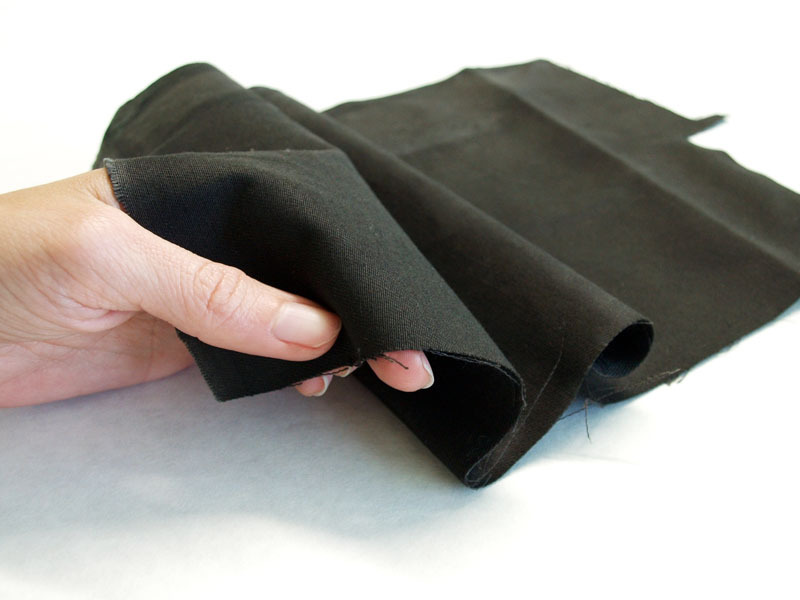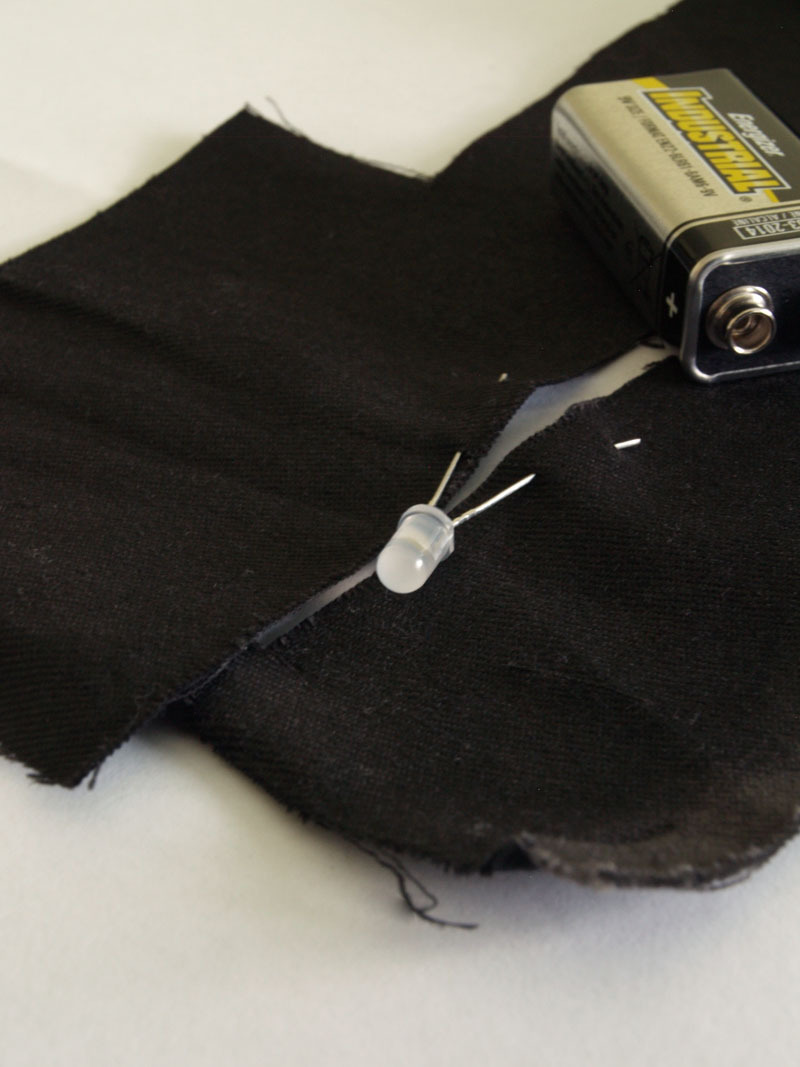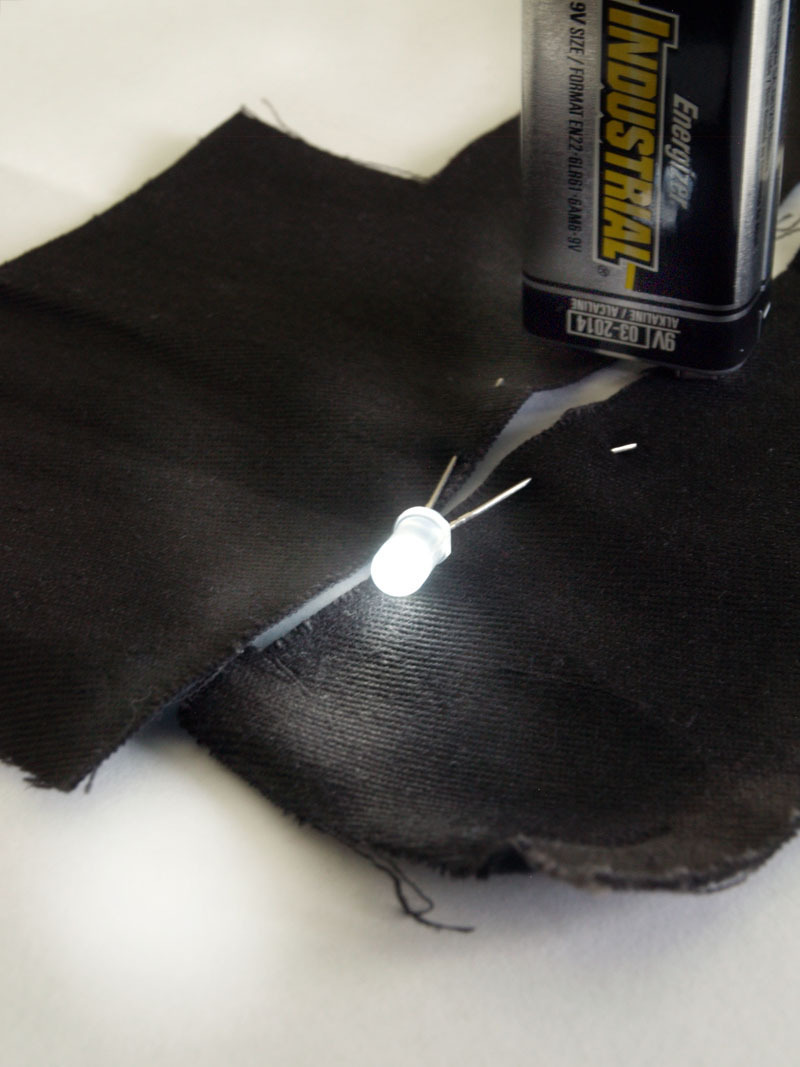Caleo-Tex is a textile finishing treatment based on carbon nanoparticles able to confer conductive properties to natural fibers and fabrics. The result is a cotton able to warm more than wool when properly powered.
Carbon nanotubes (CNTs) are compounds made of only carbon atoms with a cylindrical structure composed by a sequence of benzene, having very strong chemical bonds. In the last years, several studies were carried out for the integration of these nanoparticles into different matrices (aqueous and organic dispersions, thermosetting and thermoplastic polymers,...), in order to obtain materials showing incredible mechanical and electrical properties.
Applications of CNTs in textile field regard, at the moment, only the obtainment of yarns and/or fabrics for composites manufacturing and in electronic applications. Instead, the development of a specific impregnation process, simple, fast, low cost and potentially applicable at industrial level on cotton yarns and fabrics, allowed to explore also wearable applications.
Impregnation of yarns and/or fabrics in a bath containing a proper dispersion of CNTs and further dyeing procedures creates a proper chemical bond between the textile material and the nanoparticles, make easy the dispersion of the CNTs inside the liquid solvent and guarantees a very good workability and aesthetic effect of the final product. The main requirements for using this processing method are related to the porosity of the yarn and to proper choice of the solvent and binding agent, in function of the textile material to be doped.
The nanodoped cotton yarns, obtained in laboratory with this method, show a resistivity of about 20 Ω/cm able, if connected with a proper battery, to feed a LED. The main advantage of this process is to maintain a good workability and aesthetic affect of the final textile yarn: the black yarn has better mechanical properties than untreated yarn, maintains a good flexibility, softness and shows a good resistance to several solvents currently used during the washing procedures.
Finally, the same impregnation technique was exploited to introduce into the yarn suitable molecules able to react with albumin, present into the human blood, with the aim to detect and monitor, through proper conductivity measurements, physiological health of people wearing the treated cotton garment.






